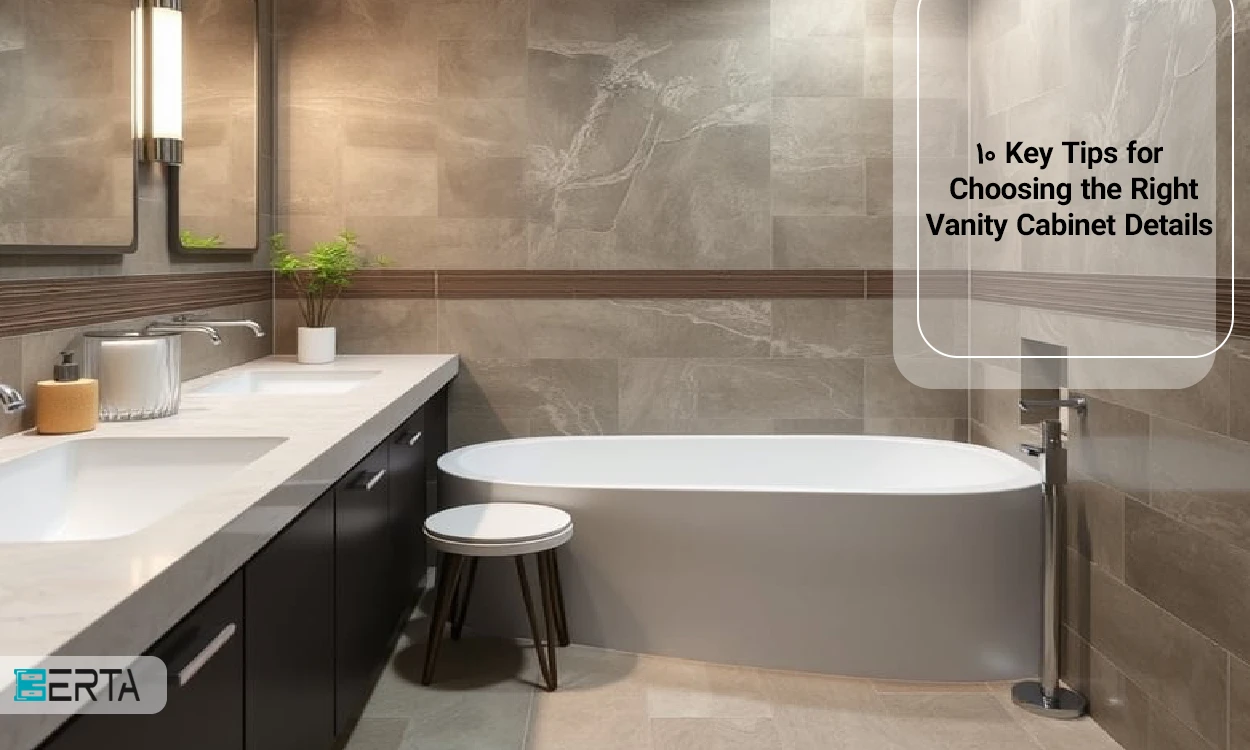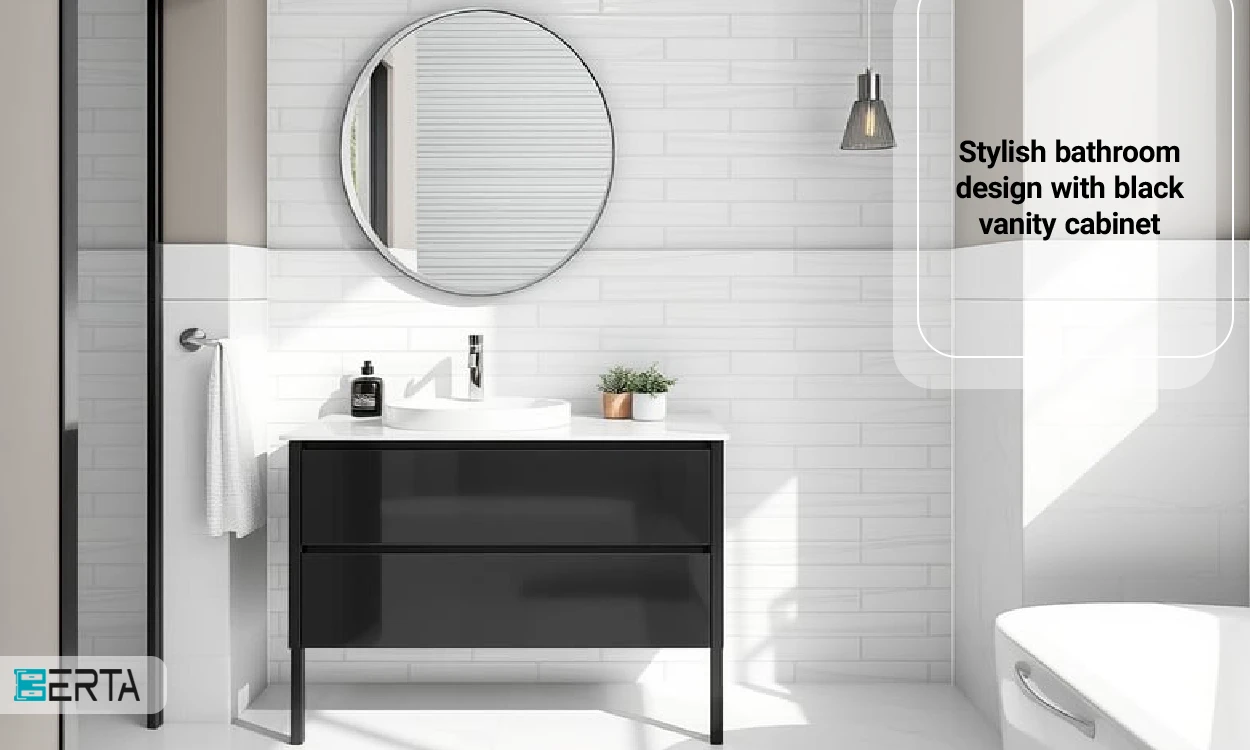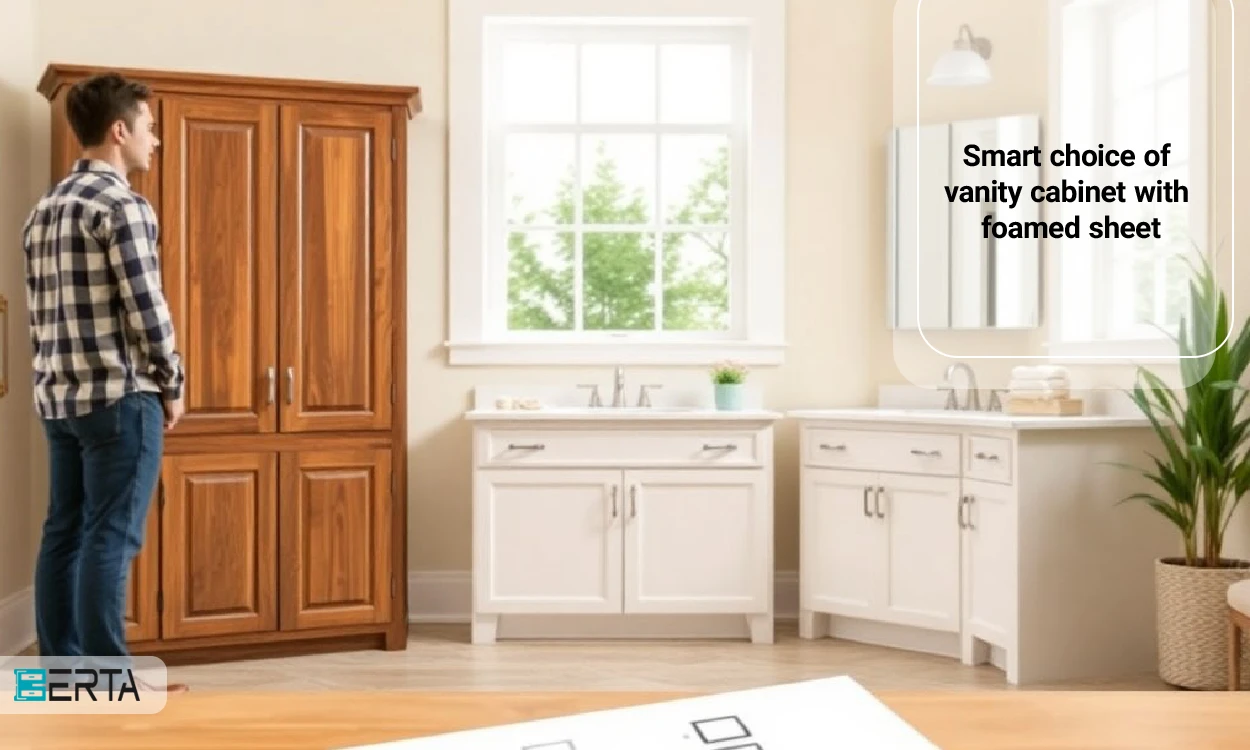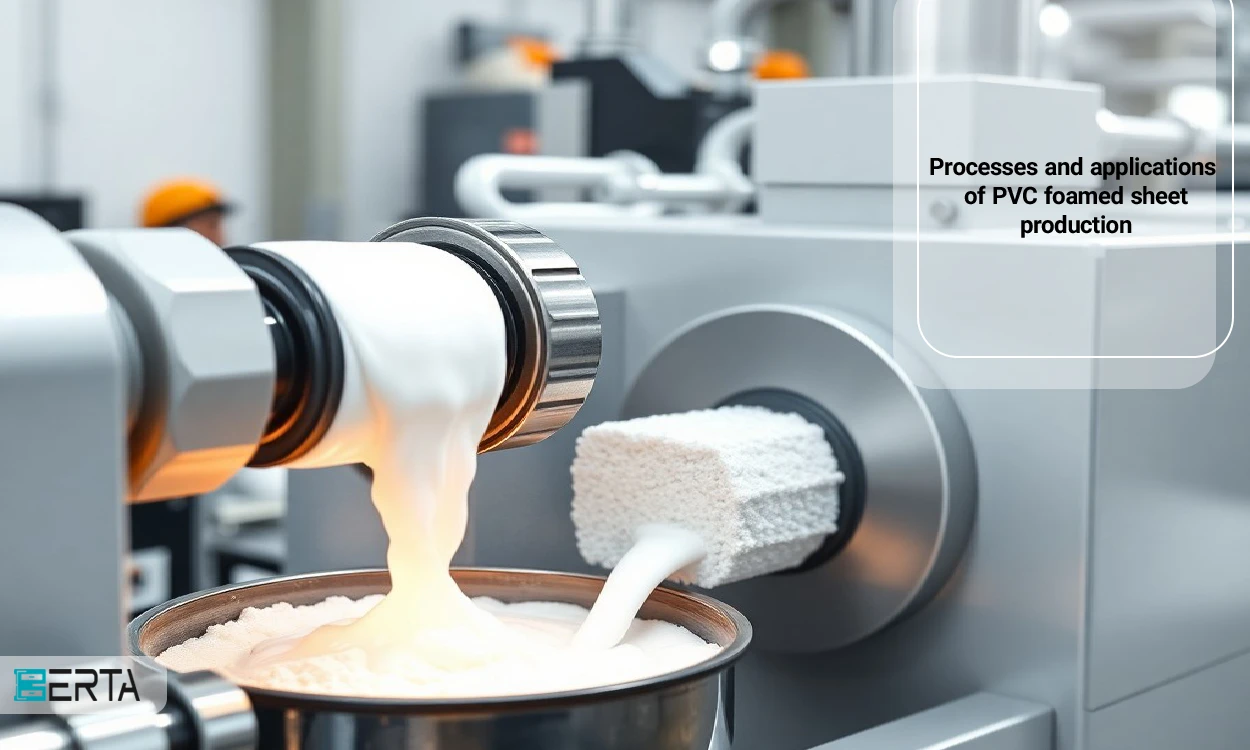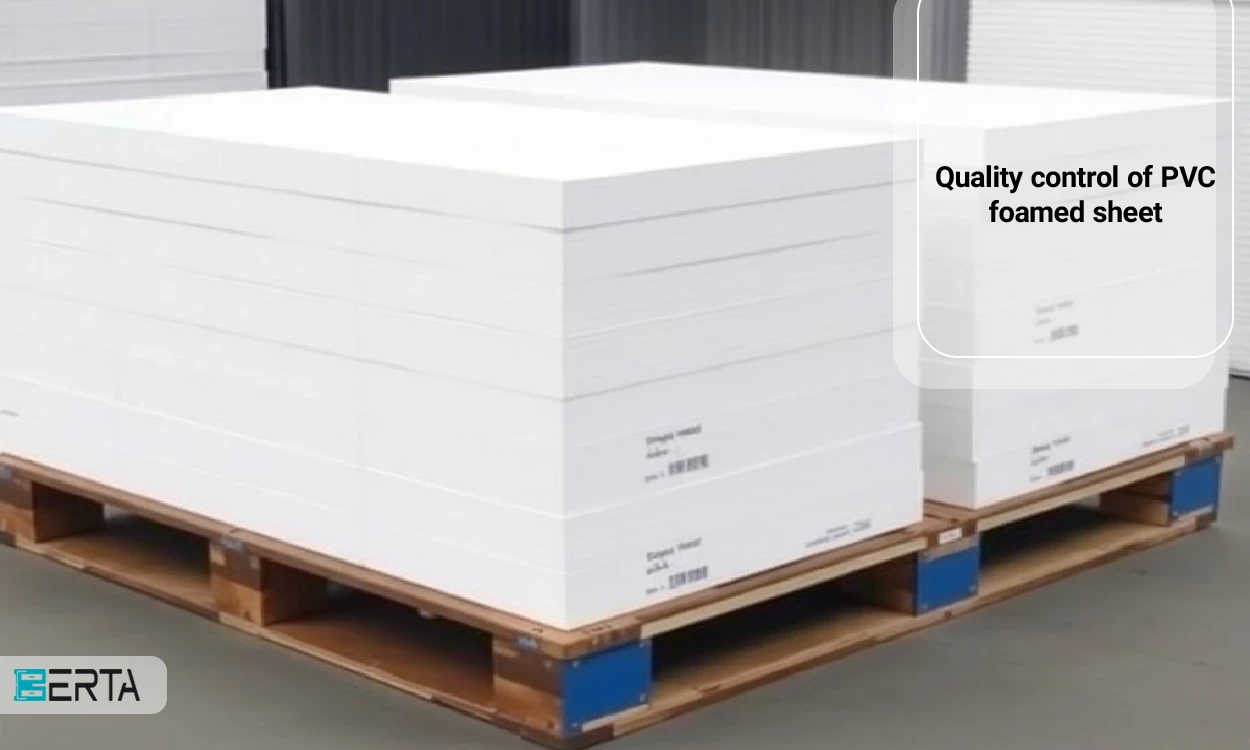In the modern world, health and efficiency are of particular importance in the design of living spaces. One of the key elements that helps us in this way is the shoemaker. This simple but effective tool collects and directs surface water and helps us avoid problems such as drowning and unpleasant odors. In this article, we examine the concept of shoes, their different types, and important points in choosing and maintaining them. Join us to get to know the world of shoe polish and its uses and understand the importance of this element in maintaining the health and beauty of your living environment.
What is a floor drain and what is its use?
Floor drains are a key element in sanitary and sewer systems, specifically designed to collect and divert surface water. Imagine that after taking a hot shower or washing the dishes, water collects on the bathroom or kitchen floor. This is where the cobbler comes in! By using a culvert, water is effectively channeled into the sewer system, preventing flooding and helping to maintain a healthy environment. In this section, we can also refer to the history and evolution of shoes and show readers how this tool has become one of the essential parts of modern life.
Types of floor drains
| Floor drain type | Designing | Application | Advantages | Disadvantages |
| Linear floor drain | linear | Large spaces (swimming pool, parking) | Fast water collection, suitable for large spaces | Requires careful installation, may be more expensive |
| Circular floor drain | circular | Bathroom and toilet | Easy installation, water collection in the center | Lower capacity than linear floor drainage |
| Anti-odor floor drain | Circular or linear | Public and domestic places | Prevent unpleasant odor, beautiful design | It may be more expensive |
| Plastic floor drain | Circular or linear | Low traffic areas | Reasonable price, light and easy to install | Lack of durability against sunlight and moisture |
| Steel floor drain | Circular or linear | Bathroom, kitchen and public places | Rust resistant, modern design | Higher price than plastic |
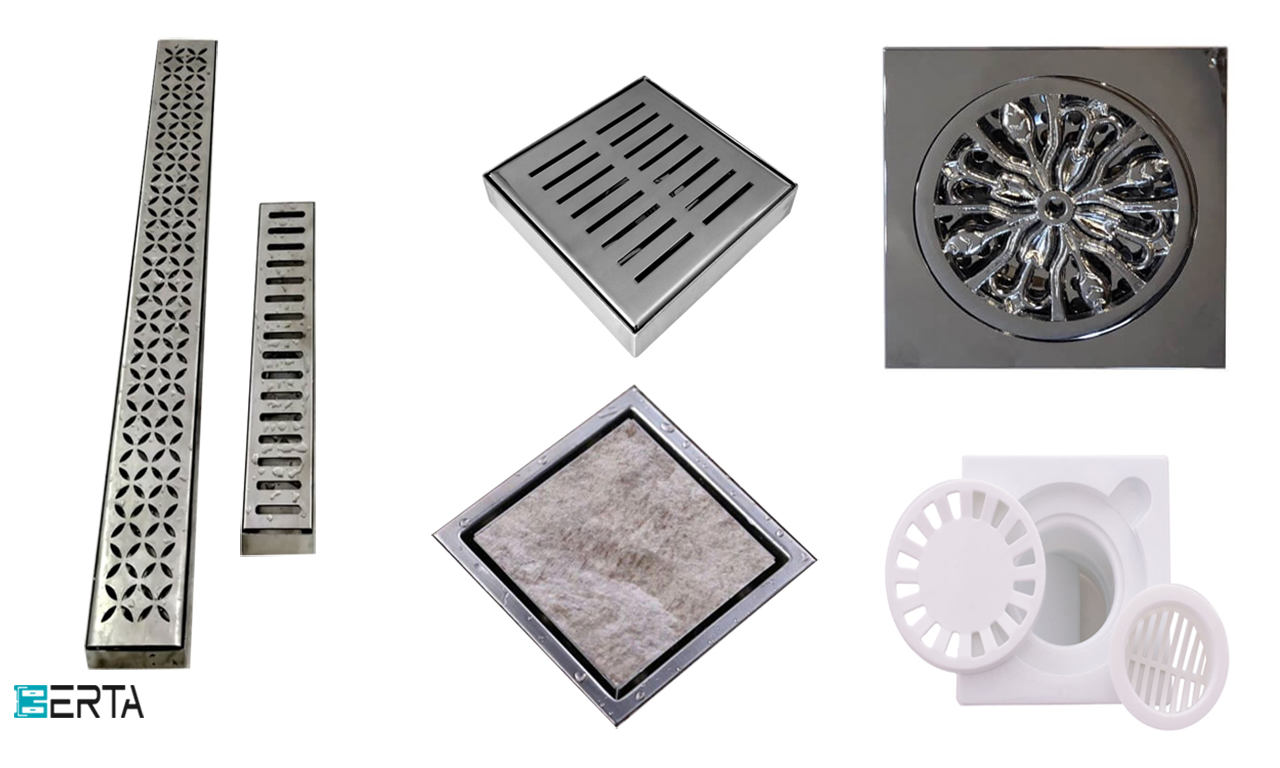
Important tips for buying a floor drain
Buying a floor drain is one of the important steps in designing and improving the health of different environments. To get the most out of your purchase and not need a long replacement, there are a few key points:
1- Proportion with the amount of water discharge
When buying a floor drain, you should pay attention to the amount of drainage and drainage of each place. For large spaces filled with water such as swimming pools, choosing a linear floor drain is the best option. This type of floor drain effectively collects water and directs it to the sewer system, preventing waterlogging.
2- Material suitable for the conditions
Environment In installing floor drains in places that are exposed to direct sunlight, it is very important to choose the right material. Using a plastic floor drain in this situation can be a big mistake because this type of floor drain quickly loses its durability and strength. It is better to use more resistant materials such as stainless steel.
3- Examining problems and the need for advice
If you notice that water is coming up from the floor drain and causing problems in your day, be sure to call the professionals. They can identify problems and provide appropriate solutions when inspecting installed drainage. This action can help prevent bigger problems in the future.
4- Coordination with decoration
When buying a floor drain, pay attention to its design and size to match the design of your bathroom or vanity. Although the size of the floor drain may not be visible, it will have a big impact on the appearance of the space. For example, if the drainage design of your bathroom floor is not compatible with its decoration, it may reduce the overall beauty of the environment.
Common problems in floor drainage
In this section, you can address and provide solutions to common problems you may encounter with floor drains:
1- Obstruction
Clogging is a common problem that can be caused by the accumulation of hair, grease, and other substances. This problem can be solved using simple tools such as a pipe opener.
2- Unpleasant smell
If there is an unpleasant smell coming from the floor drain, it may be due to the accumulation of water in the pipes. This problem can be avoided by using natural solutions and regular cleaning.
Conclusion
Finally, as an essential element in sanitary and sewage systems, floor drains play a significant role in maintaining health and preventing floods. By knowing the types of floor drains and the characteristics of each one, we can make the right choice for our needs. Also, paying attention to the key points in buying and maintaining the floor drain, including compatibility with the amount of water discharge and the right material, can help increase the life and efficiency of this tool. By following these points and solving common problems such as clogging and unpleasant odors, we can benefit from the benefits of floor drainage and maintain the beauty of our living environment. Finally, the correct selection and proper maintenance of the floor drain not only helps to improve the health of the environment but also brings us a comfortable and pleasant experience.




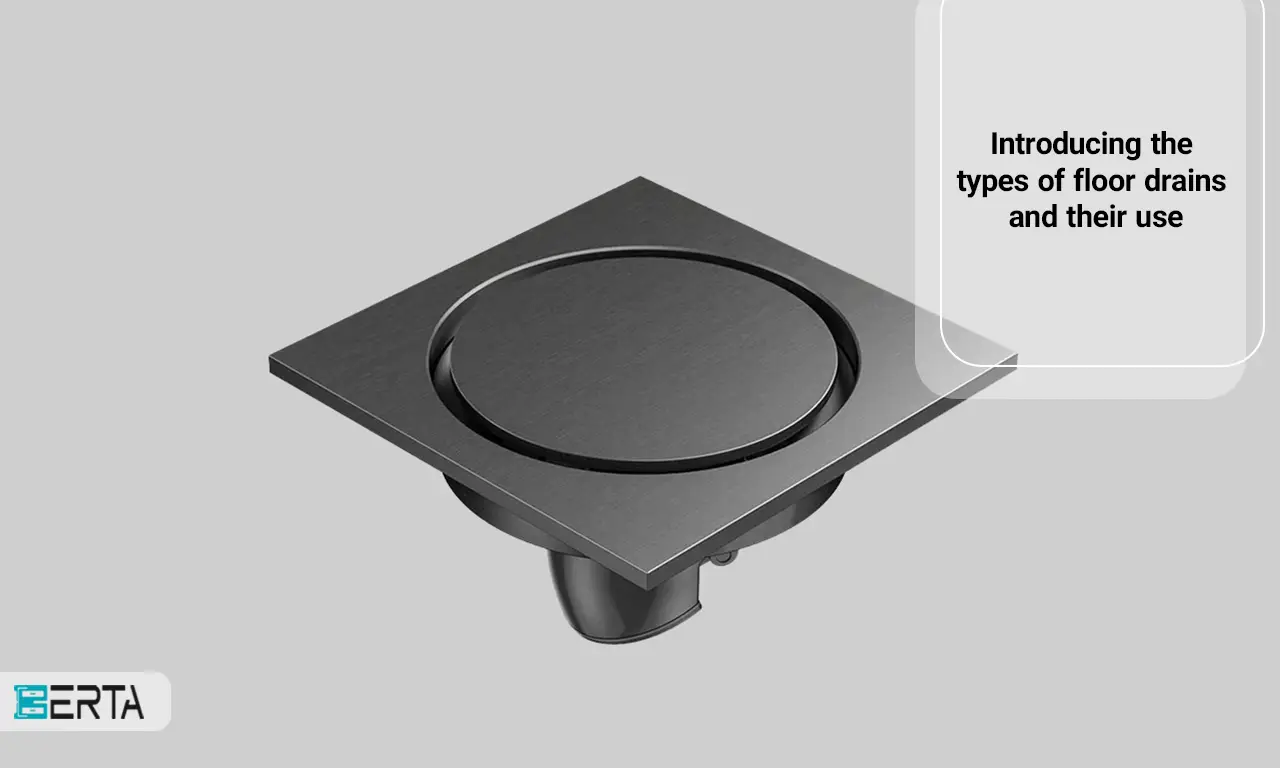
43456.jpg)
 Whatsapp
Whatsapp  Telegram
Telegram 

